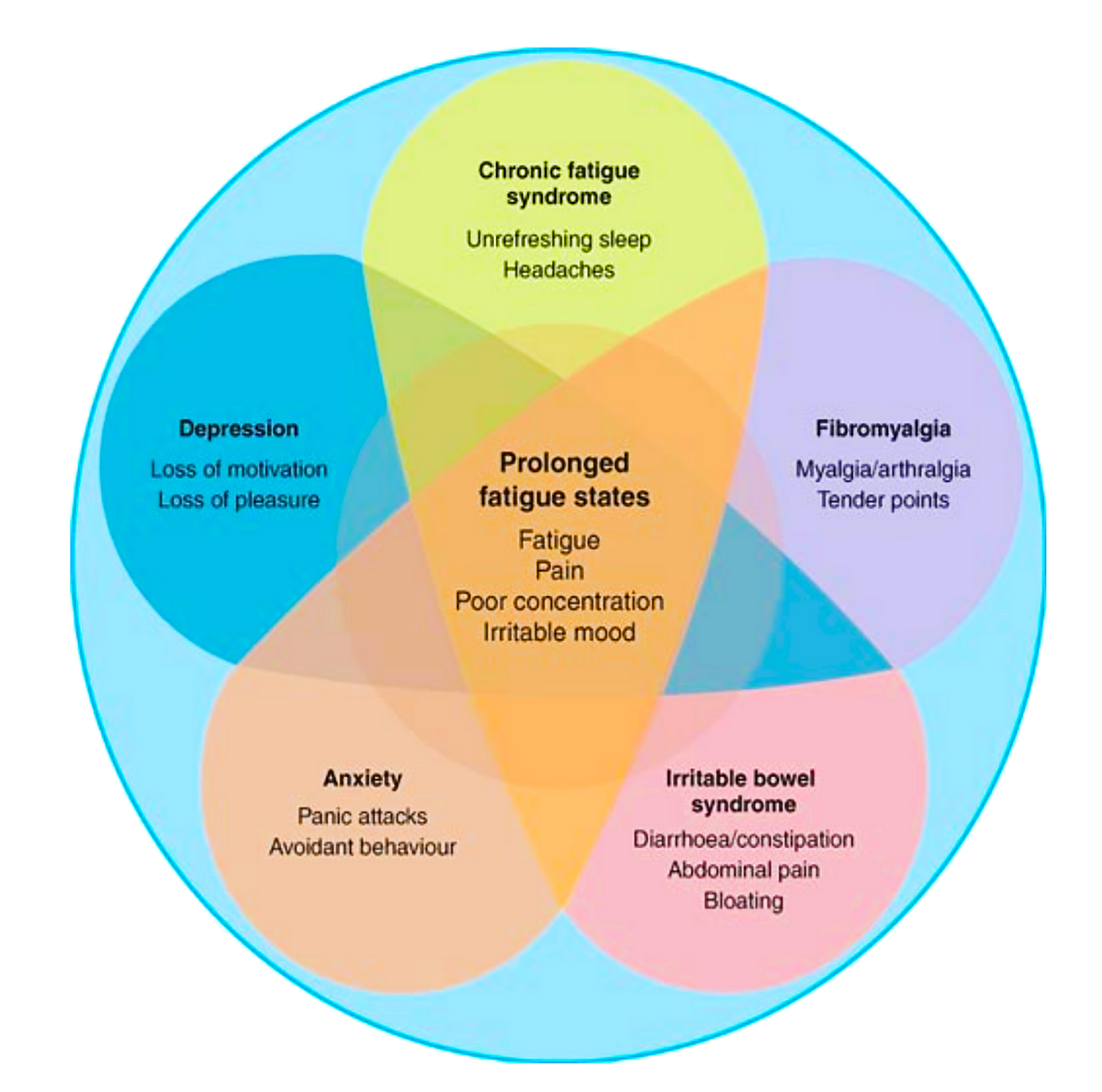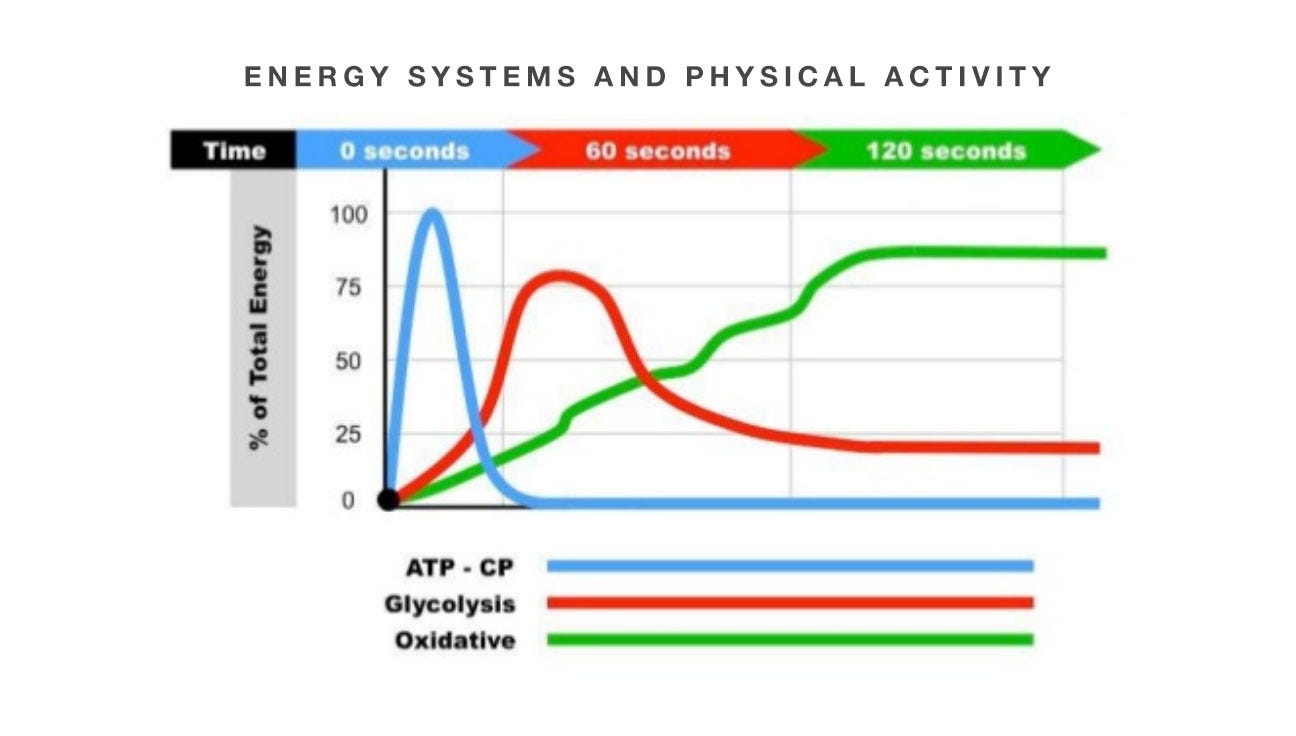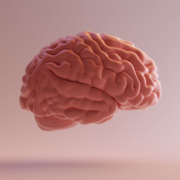Always Tired? It Could be a Deficiency of This Incredibly Important Nutrient (NAD+)
Fatigue – A Serious Problem
An estimated 9 million Americans currently suffer from persistent chronic fatigue. In our recent article, The Art of Focus: How to reclaim your mind in the modern world, we alluded to a frightening inflection-point on which we seem to be converging: Whereby the more complex our society becomes, the more brain power is required to participate effectively. But the more we participate, the more we seem to deplete ourselves of this all-important resource. Some of the answers have to do with being more selective with how we balance our engagement with society, social media and all our various technologies. But other factors may lie beyond our behavioral control.
Regardless, rather than cultivating a society of vibrant, healthy and energized individuals, we are seeing record high numbers of individuals fighting fatigue, and directing their valuable energy resources toward simply managing life with a chronic condition. 133 million Americans — more than 40% according to the National Health Council suffer from one or more chronic health conditions. This despite the fact that Americans pay considerably more in health care per capita than citizens of any other country on earth, according to a recent article in the LA Times.
Perhaps the most troubling element is the apparent lack of understanding among the medical community about the causes and solutions for chronic fatigue syndrome: “Because the cause of chronic fatigue syndrome remains unknown, there is no way to prevent it.“ — reads one webpage from Harvard Health Publishing. This is just one of many reputable sources that seem to throw in the towel when attempting to decode the complexity of such conditions.

Unlike a common cold or flu, which has a single pathogenic cause and a relatively clear pathology, chronic fatigue tends to set in over time due to a multitude of factors — many of which likely will remain unknown as there is a huge amount of bio-individuality and individual circumstances that come into play. These circumstances will determine how symptoms are presented which can vary greatly from case to case.
But just because an ailment is complex in its causes, doesn’t mean that we can’t understand what’s happening in the human body on a systematic level. Perhaps by reasoning from first principles, we can uncover some answers that have previously gone overlooked.
A Quick Recap of Human Energy Systems
In any system, no matter how simple or complex, energy and force production requires fuel. Different systems may require fuel of different types, but suffice it to say that no fuel = no energy being produced. To say that we have no understanding of what causes fatigue in humans is clearly mistaken. We may not understand all the reasons why and know the precise mechanisms how, but we do have some notion that energy is linked to fuel and fatigue or lack of energy is associated with lack of fuel of a certain sort. We even know the various types of biochemical fuels associated with different types of energy requirements. (see chart below):

From decades of studies done with athletes, it is now widely understood that the body has various energy systems, each of which requires its own source of fuel or substance such as oxygen to catalyze a reaction so that a particular substance (e.g. sugar) can be oxidized and used as a fuel source. Indeed our understanding in the arena of athletics has become so precise as to account for human energy needs down to the second:
- Intense muscular activity ranging in duration from 0~10 second requires CP (Creatine Phosphate).
- High intensity, short-term endurance activities lasting from 10 seconds up to 3 minutes, such as sprinting, requires stored muscle glycogen as a fuel source, while…
- Lower level, prolonged duration activities such as cross-country running, shifts into the aerobic system which uses oxygen to catalyze the appropriate reaction for fuel supply.
If we can use this knowledge to produce elite athletes who operate at the very highest level, why can’t we apply these principles medically and help millions to regain their baseline level of energy and health?

One reason may, in fact, be that when it comes to chronic fatigue syndrome (characterized by fatigue which persists for longer than 6 months and does not recover with regular rest and sleep) the causes by definition are so non-acute and non-linear that it becomes difficult to study by conventionally controlled means. Another reason, however, may be that we haven’t had our focus tuned to the right order of magnitude, until more recently…
Meet the Mitochondria — The Body’s Energy Factories
As explained via the NAD Treatment Center:
“Mitochondria are miniature energy factories found in almost every living cell in your body. Besides energy production, mitochondria serve other important roles, such as calcium regulation and cell death. To get a better understanding, think of a string lights. If a couple bulbs goes out, you probably won’t notice a difference. If the string burns out, however the room goes dark. Luckily your cells have numerous mitochondria within the cell for exactly that reason. The cells that rely upon mitochondria the most are the heart, brain, muscles and lungs. Can you imagine what it would feel like if these vital organs and tissues had less energy? Would you be able to think clearly? Have enough energy to walk up a flight stairs? Get winded faster? Mitochondrial dysfunction systemically affects the body, resulting in a wide range of symptoms and conditions.”
The cells that rely upon mitochondria the most are the heart, brain, muscles and lungs. Can you imagine what it would feel like if these vital organs and tissues had less energy? Would you be able to think clearly?
The human body is what is known as a cybernetic system — No, we’re not talking about the model T-1000 here, it means that we are systems comprised of further systems. Why is this important? We’ve already mentioned the cardiovascular (aerobic), glycolytic, and CP (creatine phosphate) systems above and how each of these systems requires special fuel. Now imagine that each of these macro systems relies on a microsystem of energy production, namely what goes on in the mitochondria. If this fundamental system of energy production is not functioning up to par, then nothing else can be.
Enter NAD (Nicotinamide Adenine Dinucleotide)
What it is…
” NAD stands for nicotinamide adenine dinucleotide, which is the chemical term for a molecule that reacts with oxygen in the mitochondria in every cell of your body in order to create energy so you can move, breathe, pump blood, digest food, think, and generally, live your life. — Lack of this essential cellular fuel is now recognized as a key feature of chronic fatigue, apathy, depression, anxiety, alcohol and drug addiction, weak immune system (infections and cancer), muscle pain and weakness, headaches, memory disturbance, sleep problems, focus and concentration defects and other chronic diseases. NAD deficiency may be an unrecognized epidemic of cellular disease.” — Mind Body Medicine Center
NAD stands for nicotinamide adenine dinucleotide, which is the chemical term for a molecule that reacts with oxygen in the mitochondria in every cell of your body in order to create energy so you can move, breathe, pump blood, digest food, think, and generally, live your life.
NAD is an essential building block in cellular energy production. Without a sufficient supply, the mitochondria cannot adequately convert the nutrients from the foods we eat into usable energy. As we age levels of NAD naturally begin to decline. But this decline is often accelerated when subjected to long-term stress, poor sleep, lack of quality nutrients, and use of drugs or alcohol.
How it works…
Like with any fuel or substrate in the human body, stores of NAD must be replenished when depleted. Pushing yourself to be active, or to focus and concentrate when you don’t have adequate fuel in your tank, or an adequate means of converting your food into fuel is sure to lead to sluggish and impaired performance.
Of course, we can never neglect that natural means of caring for ourselves and topping off our energy supplies as best we can via quality sleep, nutrition, and mitigation of stress. But even with these areas of life covered we’re living in a world with wifi, email, endless demands and digital distractions. Hence the need for supplements such as Nadovim®.
Hope for the future (and for the present)…
Nadovim is one of the only supplements on the market that uses NAD+ as the main ingredient, along with enhancing nutrients and botanicals. In a study performed by Georgetown University Medical Center, 72% of patients with chronic fatigue syndrome reported positive improvements when taking 10mgs of NADH daily. Additionally, an article published on Science Directexpressed that, “Researchers from Spain found that CoQ10 plus nicotinamide adenine dinucleotide (NAD) supplementation for 8 weeks is safe and potentially effective in reducing max heart rate among chronic fatigue syndrome patients.” — This serves to demonstrate the multi-systemic effects of enhancing energy efficiency from a fundamental cellular level.

There is a lot of excitement at this time surrounding the applications of NAD+. From improving systemic fatigue to symptoms of withdrawal, to neuroprotective and even cognitive enhancing benefits, it seems we’re just scratching the surface of what this miraculous molecule can do. It always behooves us to take as best care of ourselves as we can. Adding a supplement such as Nadovim that works on such a fundamental level of energy production, may greatly enhance the benefits of our efforts.
See how we can help you restore complete health of body, mind & spirit.
Join our mailing list and receive exclusive offers + information!







Leave a Reply
Want to join the discussion?Feel free to contribute!